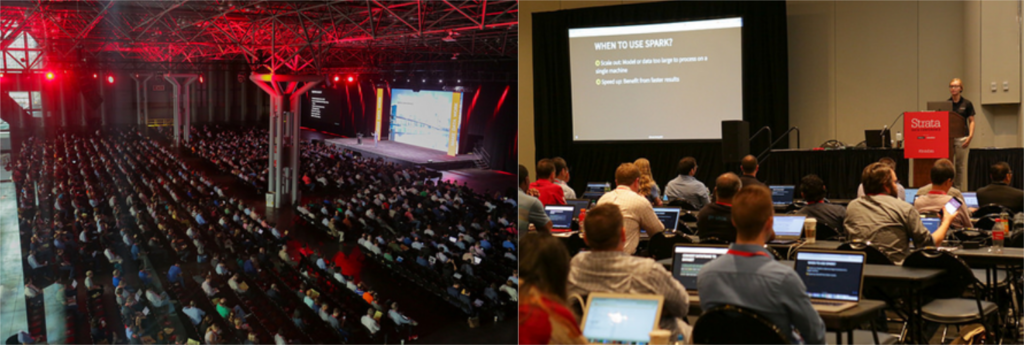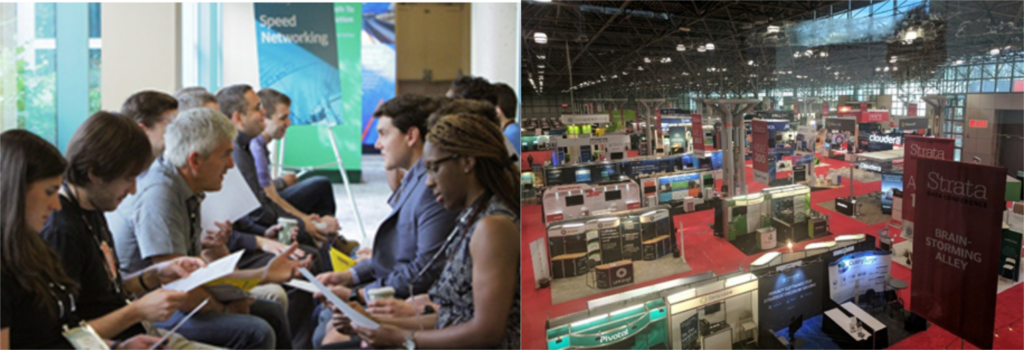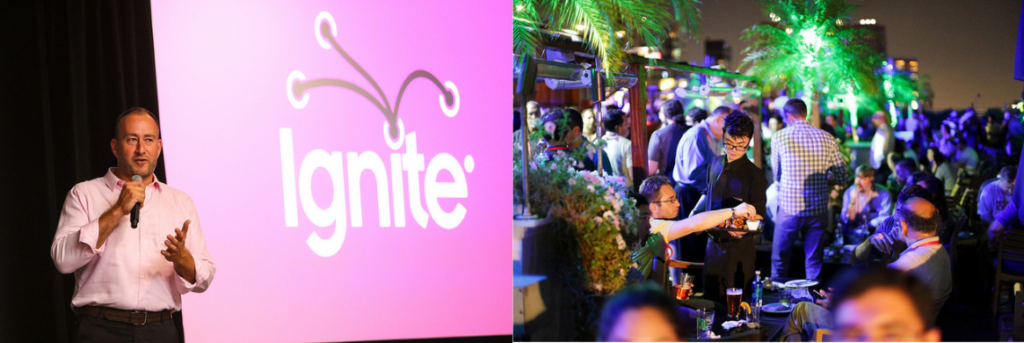This year I joined the Strata Data Conference in New York, one of the largest conferences of its kind in the world. It is an impressive event, where data scientists, engineers, developers, business managers and executives share emerging best practices on the field of data science. The Strata Data Conference (formerly known as Strata + Hadoop World) was first organized in 2012 and now takes place four times a year (in Singapore, London, New York and San Jose). Here are 7 reasons why I believe this event was worth visiting:
1 Overall Diversity
More than 340 speakers discussed a variety of topics spanning from predictive analytics, security, cloud strategy, data engineering, IoT and stream processing, to business case studies, data-driven business management, ethics and governance. With a large variety of offered tutorials on Tuesday and 18 parallel sessions on Wednesday and Thursday, Strata was well-suited not only for participants with a strong technical background, but also for C-suite executives, business leaders and strategists. Here is the impressive amount of talks that took place on Wednesday and Thursday.

2 Keynotes
These TED-style talks took place on Wednesday and Thursday and were undoubtedly a great way to get us energized for the day ahead. They ranged from 5-15min and were held from a large variety of speakers from academia to large organizations and companies. The following keynotes were some of my favorites:
- “Journey to consolidation”, where Cesar Delgado from Apple explained how the application platform of Siri works at scale.
- “White Collar Crime Risk Zones”, where Sam Lavigne from The New Inquiry pointed out how model training can lead to predictions with biases harmful to society.
- “Music, the window into your soul”, where Christine Hung from Spotify showed, among others, how music choices reveal interesting customer dimensions.
- “Human-AI interaction: Autonomous service robots”, where Manuela Veloso from Carnegie Mellon University discussed state-of-the-art AI developments.
You may watch the keynote videos on Facebook here and here.

3 Technical Tutorials and Talks
On Tuesday we had the chance to select from 2 all-day and 18 half-day tutorials, which offered a deep-dive into some technical subject. Examples include building an ML pipeline using Spark’s machine learning library, training and deploying a machine learning system using TensorFlow, building real-time data pipelines with Apache Kafka, or building big data applications on Azure. On Wednesday and Thursday there was also the opportunity to attend a variety of technical talks, which were primarily presented within the context of a specific business or organization. Examples include deep learning for image classification (Zalando), deep learning for recommender systems (IBM), graph algorithms for enhanced natural language processing (O’Reilly Media) or even introduction to the forthcoming JupyterLab (Jupyter).
4 Business-oriented Talks
Starting on Tuesday with a series of 12 half-hour talks, the session “Data Case Studies” gave the participants the opportunity to see how various firms and organizations apply data solutions to tackle their current challenges. Examples include how the Portland Trail Blazers made use of Azure machine learning to perform targeted marketing and increase ticket sales, or how Expedia built a real time monitoring and alerting framework at scale to capture trends and anomalies in the data that might influence important business KPIs. Parallel to that session, the “Findata Day” took place, which also included 12 talks focused on the sectors of banking, investment and finance. Relevant to Switzerland was the talk from Tanvi Singh, who gave an overview of Credit Suisse’s platform for compliance risk monitoring. Wednesday and Thursday included also numerous business-oriented talks, like Spotify’s transition from data centers to the cloud, Salesforce’s Einstein AI platform, Uber’s geospatial big data analysis or Danske Bank’s use of AI to fight financial fraud.

5 Networking
The Strata Data Conference offered ways to ease meeting with fellow attendees and discuss about your projects and your interests. First, every day between 8.00-8.30 in the morning, the “Speed Networking” session took place, where participants could exchange cards and information with each other. Every interaction was for two minutes and when the chime sounded, you had to move on to the next attendee. Second, “Topic Tables” were in place during lunch, so that people in similar industries or interested in the same topics could come together. This year’s topics included advertising and marketing, energy, finance, government and policy, healthcare, media and entertainment, retail and e-commerce, telecommunications, transportation and logistics.
6 Expo Hall & Meet the Experts
More than 100 companies innovating in the field of data science were exhibiting their products in the Expo Hall of the conference. During the coffee breaks or after the afternoon sessions, we had the chance to walk around the booths and talk to experts about all the latest developments of their products. Furthermore, throughout Wednesday and Thursday we had the chance to meet face-to-face with various presenters of the Conference and further discuss about their sessions and ask further questions.

7 Ignite Talks and Data-After-Dark
Having fun and a good time was also on the schedule! On Tuesday evening the session “Ignite” took place, where presenters had 5 minutes to present an interesting topic (not necessarily technology-oriented) with a total lack of control on their slide-deck (next slide was going up every 15sec). The brave presenters, together with the offered drinks and snacks created a very nice and relaxing atmosphere. On Wednesday evening the New York’s largest outdoor rooftop garden (230 Fifth) was exclusively booked for the Strata Data Conference participants. With an amazing view of the Empire State building and the weather being gracefully on our side, we had a great opportunity to casually meet other participants and enjoy the night.